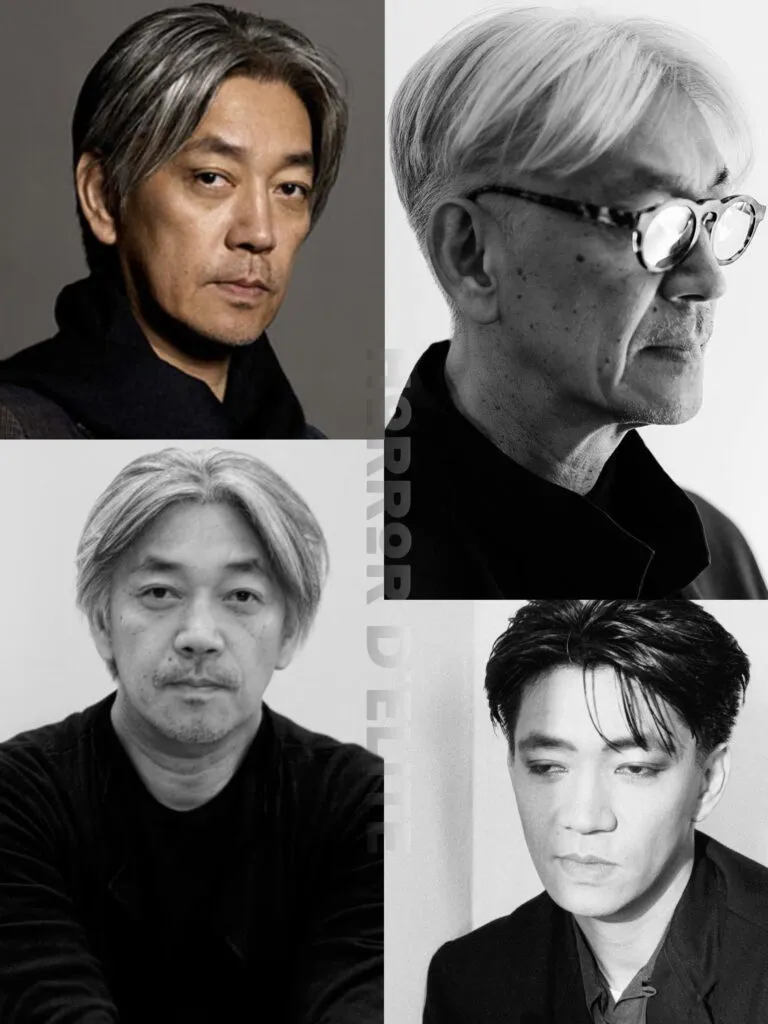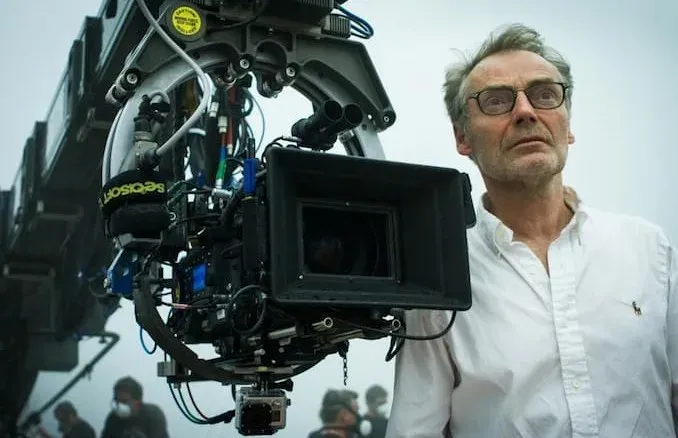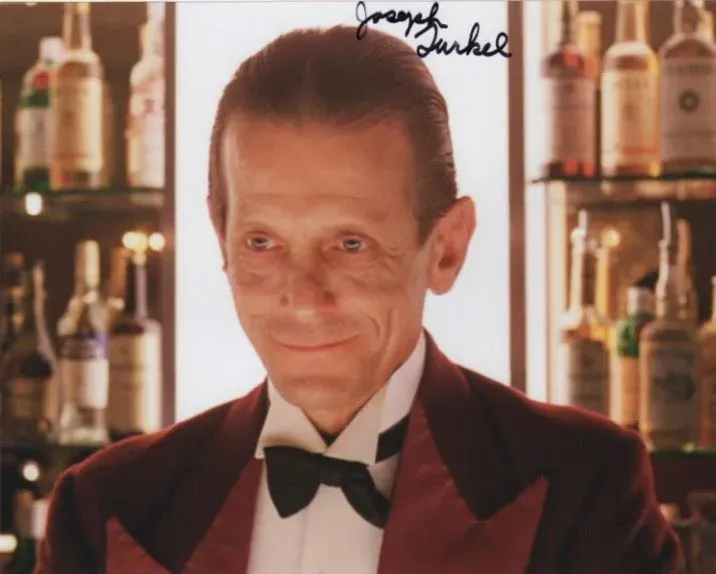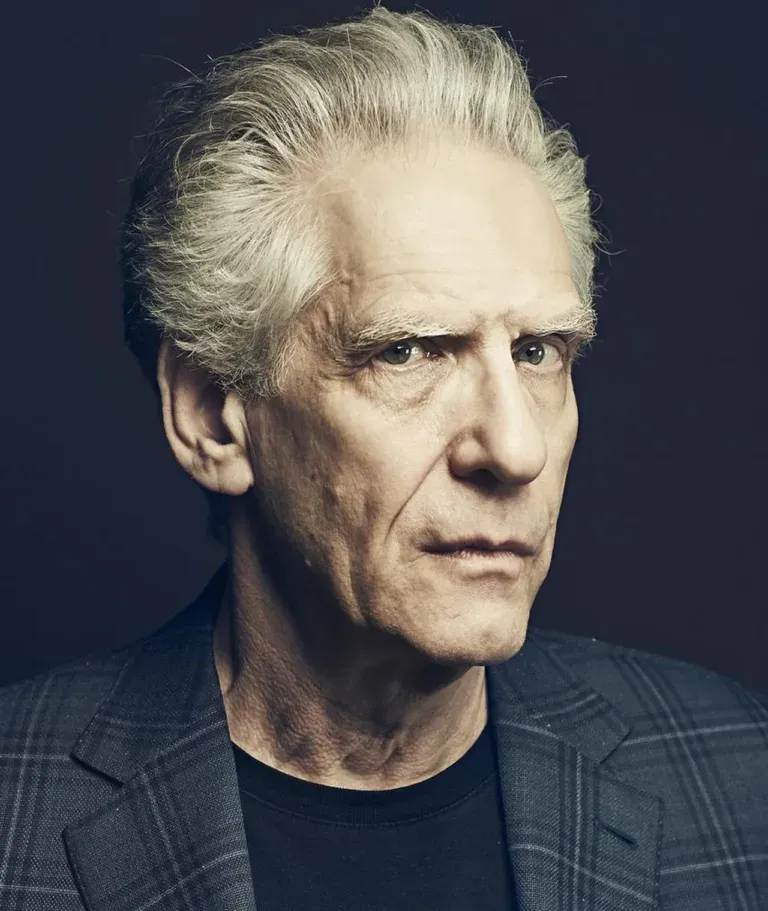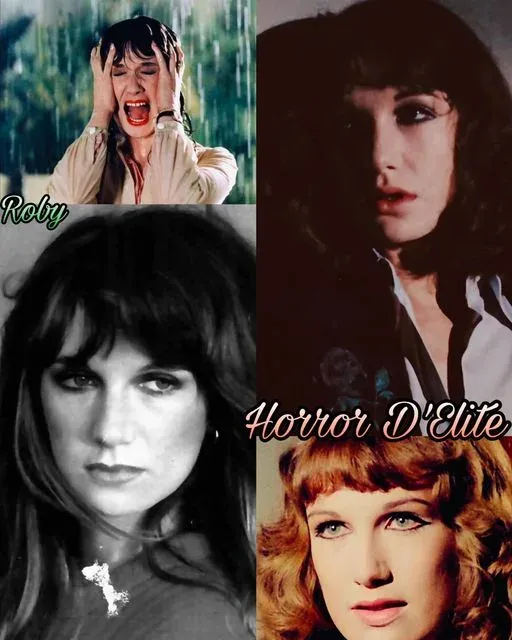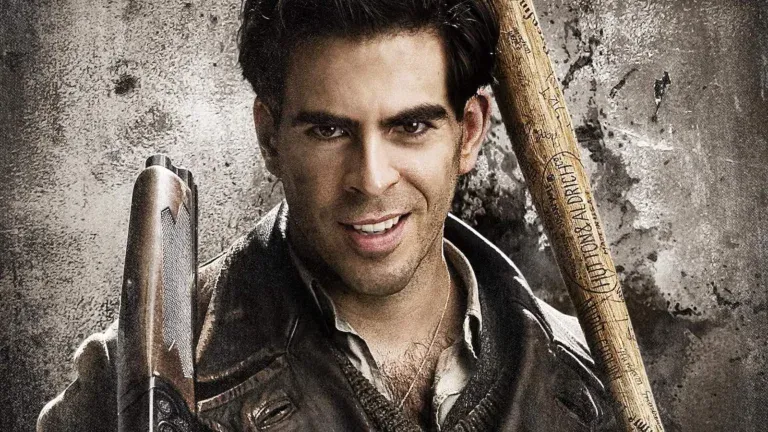Michael Chapman ‘s Visual Style
Michael Chapman was one of the most iconic and influential cinematographers in the history of American cinema, renowned for his innovative visual style and his ability to capture the essence of the characters and stories he worked on. Born on November 21, 1935, in New York, Chapman helped shape some of the most memorable films of the 1970s and 1980s, collaborating with directors like Martin Scorsese, Philip Kaufman, and Paul Schrader. His work, characterized by bold use of light and color, has had a lasting impact on modern filmmaking.
 Early Career and Collaboration with Martin Scorsese
Early Career and Collaboration with Martin Scorsese
Michael Chapman began his career in cinema as a camera operator, working on a number of significant productions during the 1960s. His talent did not go unnoticed, and he soon started working on major films like “The Landlord” (1970) by Hal Ashby and “Jaws” (1975) by Steven Spielberg, where he contributed to capturing some of the most iconic scenes in film history. These early projects allowed him to hone his technical skills and develop an artistic sensibility that would later define his career.
Chapman’s major breakthrough came when he started collaborating with director Martin Scorsese. Their first project together was “Taxi Driver” (1976), a film that marked a turning point not only in their careers but also in American cinema as a whole. Chapman, who was transitioning from camera operator to cinematographer at the time, took on the challenge of translating Scorsese’s dark, disturbing vision of New York and the fragmented psyche of its protagonist, Travis Bickle, played by Robert De Niro.
 “Taxi Driver”: A Cinematographic Icon
“Taxi Driver”: A Cinematographic Icon
“Taxi Driver” is now considered one of the most important films in cinema history, and much of its visual impact is thanks to Michael Chapman’s work. The cinematography of “Taxi Driver” is distinguished by its innovative use of light and color to represent urban decay and the protagonist’s psychological isolation. Chapman made full use of the grain of 35mm film and minimalist lighting to create a visual atmosphere that was both realistic and expressionistic.
One of the most memorable aspects of Chapman’s cinematography in “Taxi Driver” is his use of night lighting. The streets of New York are illuminated by neon lights, car headlights, and street lamps, which Chapman uses to create a dreamlike, alienating visual world. The blurred lights and reflections in puddles add an ethereal quality to the scenes, enhancing Travis Bickle’s sense of loneliness and alienation. Chapman’s decision to shoot many of the night scenes with diffused lighting, creating soft shadows and partially illuminated faces, adds another layer of psychological complexity to the film.
Chapman’s work on “Taxi Driver” earned him a BAFTA nomination, and the film became an immediate classic, influencing countless filmmakers and becoming a benchmark for urban cinematography.
 “Raging Bull”: A Masterpiece in Black and White
“Raging Bull”: A Masterpiece in Black and White
After the success of “Taxi Driver,” Chapman and Scorsese collaborated again on “Raging Bull” (1980), another masterpiece of American cinema. This biographical film about boxer Jake LaMotta, played by Robert De Niro, is widely regarded as one of the greatest films ever made, and Chapman’s cinematography plays a crucial role in its success.
“Raging Bull” was shot in stark, powerful black and white, a stylistic choice that allowed Chapman to explore new visual frontiers. The film’s high-contrast black and white, with its deep shadows, gives the movie a documentary-like quality while simultaneously highlighting the protagonist’s inner drama. The boxing scenes are particularly notable for their innovative camerawork, with Chapman getting up close to the fights, using tight shots and fluid camera movements to capture the intensity and brutality of the matches.
Chapman also used creative techniques to depict LaMotta’s distorted perception of reality, such as slow-motion, selective focus, and perspective manipulation. These elements, combined with the black-and-white cinematography, created a unique visual effect that mirrored the protagonist’s inner conflict and descent into paranoia. Chapman’s work on “Raging Bull” earned him an Oscar nomination, further solidifying his reputation as one of the most innovative and talented cinematographers of his time.
 Other Notable Works and Personal Style
Other Notable Works and Personal Style
In addition to his collaborations with Scorsese, Michael Chapman worked with many other prominent directors, bringing his distinctive style to a wide range of film genres. Among his most well-known works are “The Silence of the Lambs“ (1991) by Jonathan Demme, where Chapman helped create the tense, claustrophobic atmosphere of the film, using dark lighting and tight compositions to accentuate the sense of looming threat.
Another significant film in Chapman’s career is “Invasion of the Body Snatchers” (1978) by Philip Kaufman, a classic of the sci-fi horror genre. In this film, Chapman used his mastery of light and shadow to create an atmosphere of paranoia and unease, playing with visual distortions to reflect the theme of alienation.
Chapman’s personal style is characterized by a realistic yet stylized approach to cinematography. He was known for his ability to adapt to the narrative needs of each film, experimenting with different techniques depending on the project’s demands. However, some of the hallmarks of his work include innovative use of natural and artificial light, a tendency toward visual minimalism, and a keen focus on the emotional details of characters.
Legacy and Influence
Michael Chapman left a lasting legacy in the world of cinema. His work has influenced countless cinematographers, directors, and filmmakers worldwide. The films he worked on, particularly “Taxi Driver” and “Raging Bull,” are studied in film schools for their innovative approach to cinematography and their ability to use light and composition to reinforce storytelling.
Chapman also had a significant impact on how modern cinema is made, demonstrating that cinematography is not just a technical matter but a fundamental expressive medium for conveying emotions and telling stories. His ability to translate directors’ visions into powerful and memorable images made his films not only commercial successes but also enduring works of art.
Conclusion
Michael Chapman was one of the greatest cinematographers in American cinema, a master of image who elevated every project he worked on. With a career spanning decades and a wide range of film genres, Chapman demonstrated extraordinary versatility and a consistent commitment to visual innovation. His collaborations with Martin Scorsese produced some of the most iconic films in cinema history, and his work continues to inspire filmmakers around the world.
Chapman passed away on September 20, 2020, leaving a void in the film world but also a rich and lasting legacy. His influence will be felt for many years to come, as new generations of filmmakers continue to study and admire his work, striving to replicate—and perhaps expand upon—the magic that Michael Chapman managed to create with his camera.
Don’t miss reading about the other cinematographers who defined horror cinema… they not only improved the films they worked on but also elevated the horror genre to new artistic heights. Their unique visions and innovative techniques continue to influence horror cinema, making these films unforgettable milestones in the cinematic landscape.
Subscribe to our YouTube Channel

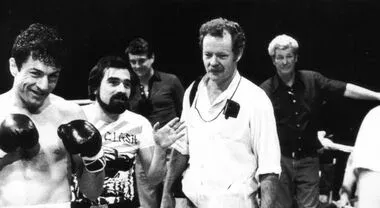
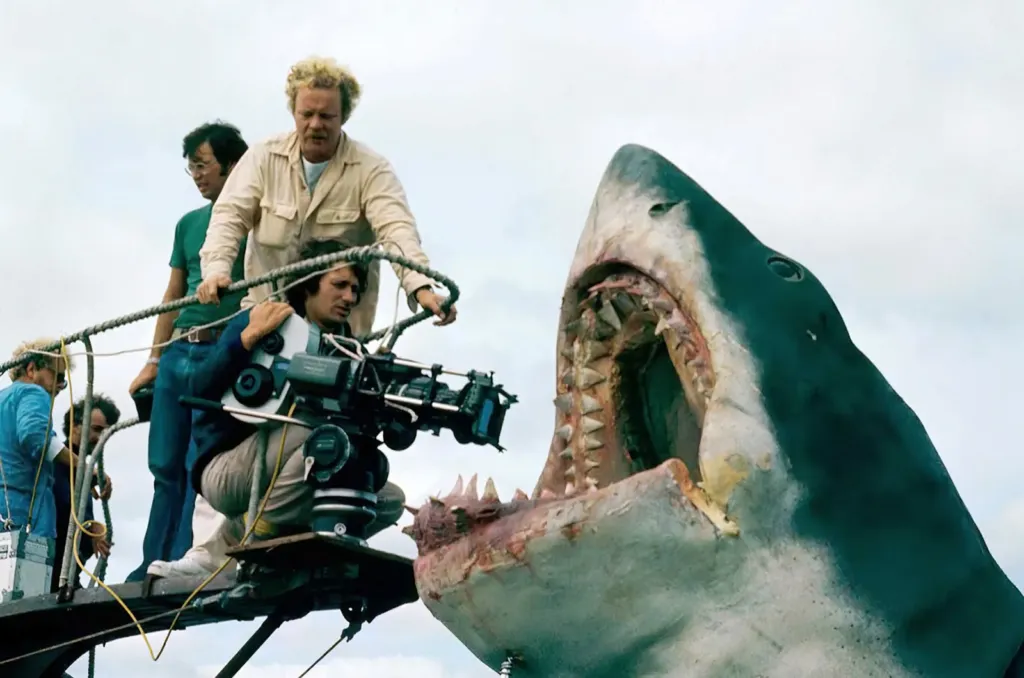 Early Career and Collaboration with Martin Scorsese
Early Career and Collaboration with Martin Scorsese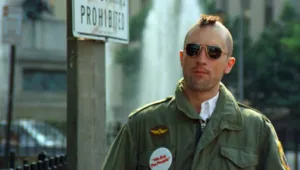 “Taxi Driver”: A Cinematographic Icon
“Taxi Driver”: A Cinematographic Icon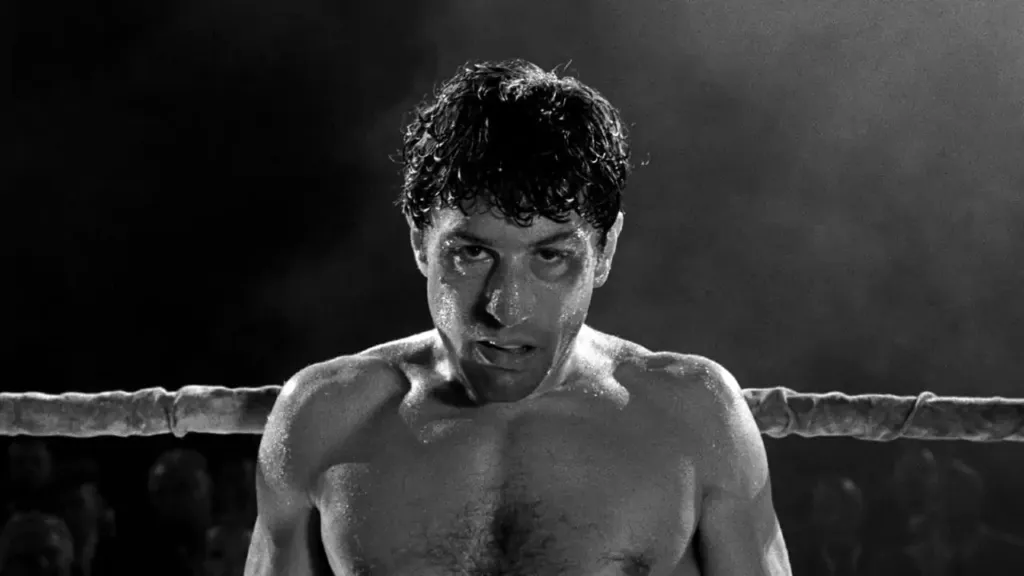 “Raging Bull”: A Masterpiece in Black and White
“Raging Bull”: A Masterpiece in Black and White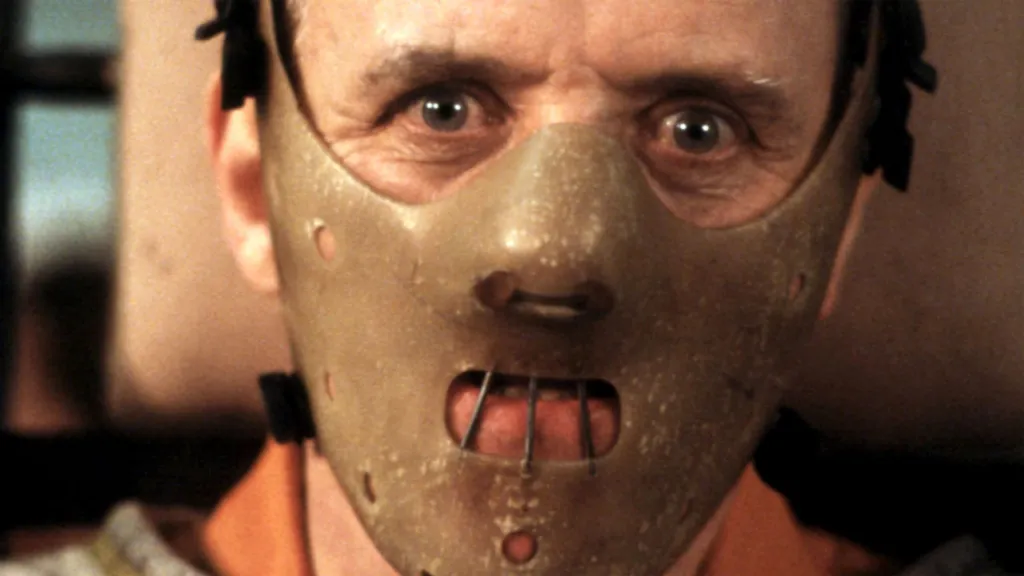 Other Notable Works and Personal Style
Other Notable Works and Personal Style